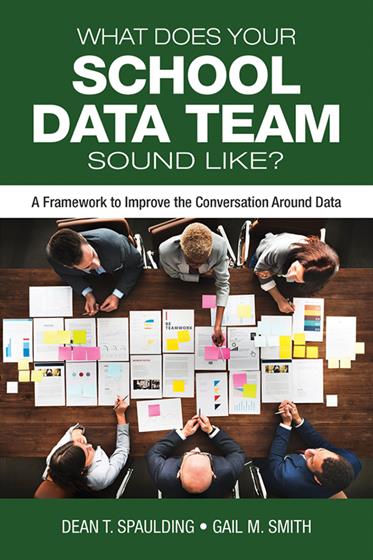Hands-on, Practical Guidance for Educators
From math,
literacy, science, equity, multilingual learners, and SEL, to assessment, school counseling,
and education leadership, our books are research-based and authored by experts
on topics most relevant to what educators are facing today.

What Does Your School Data Team Sound Like?
A Framework to Improve the Conversation Around Data
First Edition
Written to help teams navigate the world of data analysis for on-going school improvement, this book offers an easy to follow framework that dives deep into data-driven instruction.
Product Details
- Grade Level: PreK-12
- ISBN: 9781506390925
- Published By: Corwin
- Year: 2018
- Page Count: 176
- Publication date: July 30, 2018
Review Copies
Review copies may be requested by individuals planning to purchase 10 or more copies for a team or considering a book for adoption in a higher ed course. Request review copy


